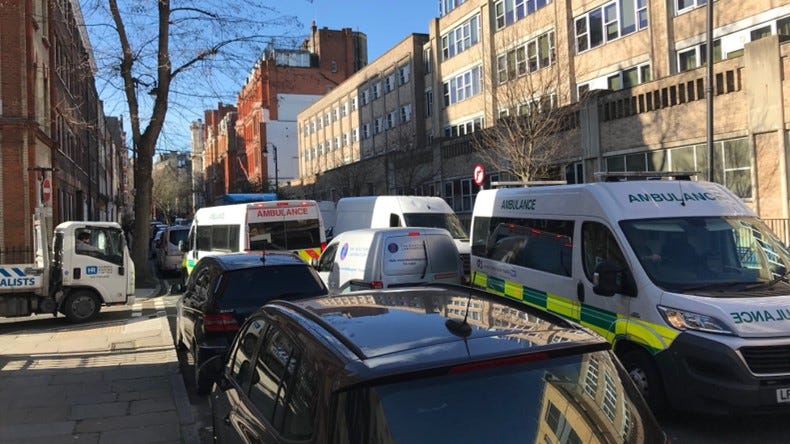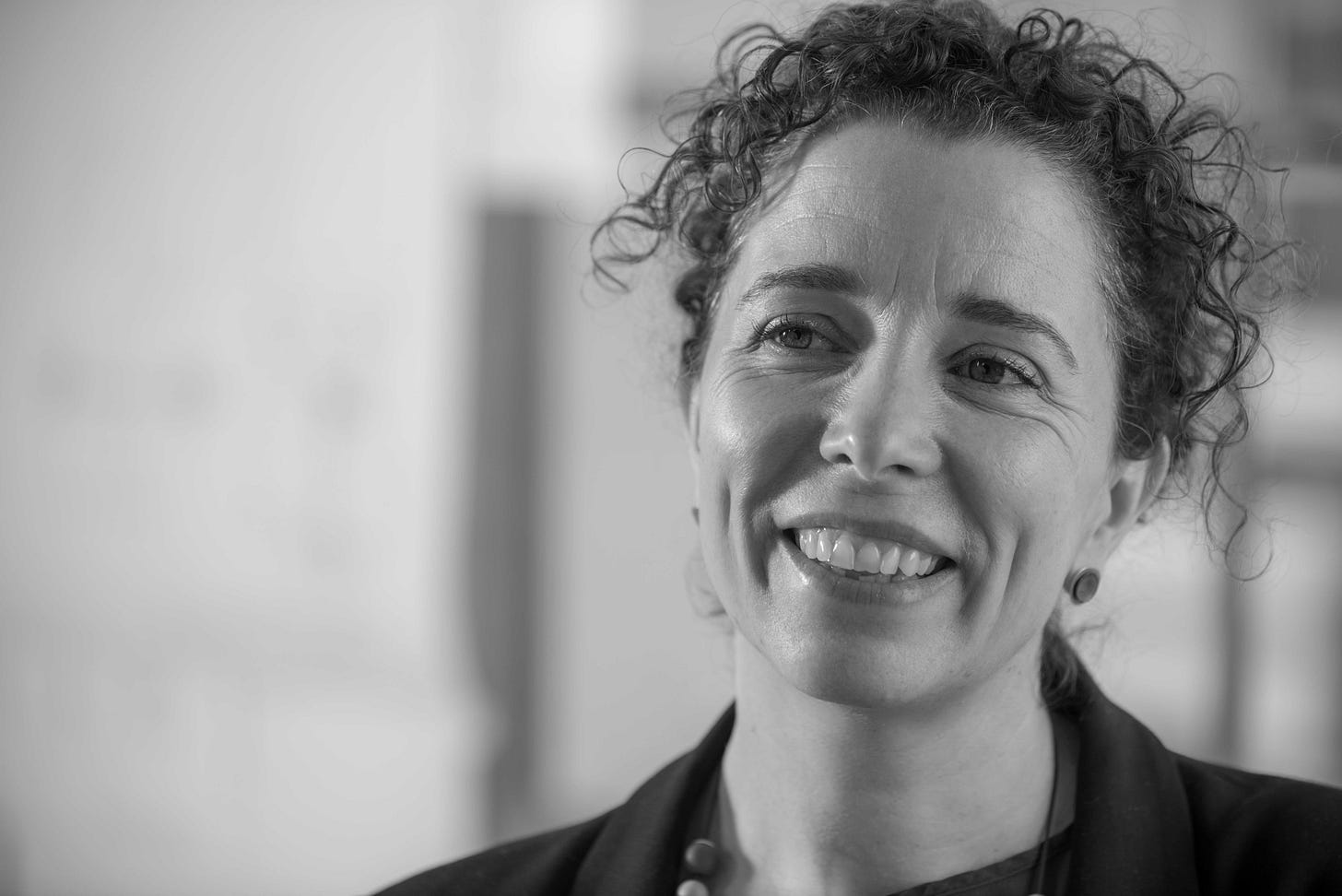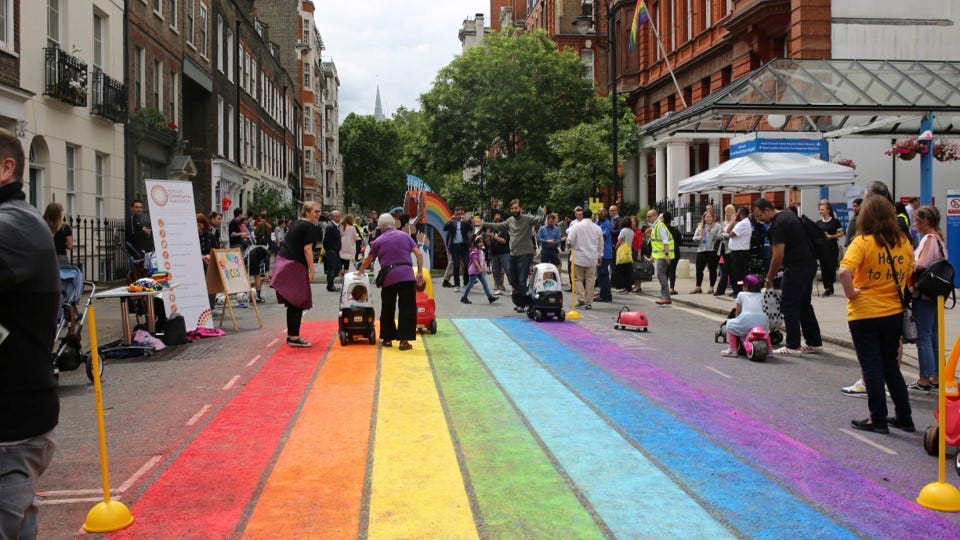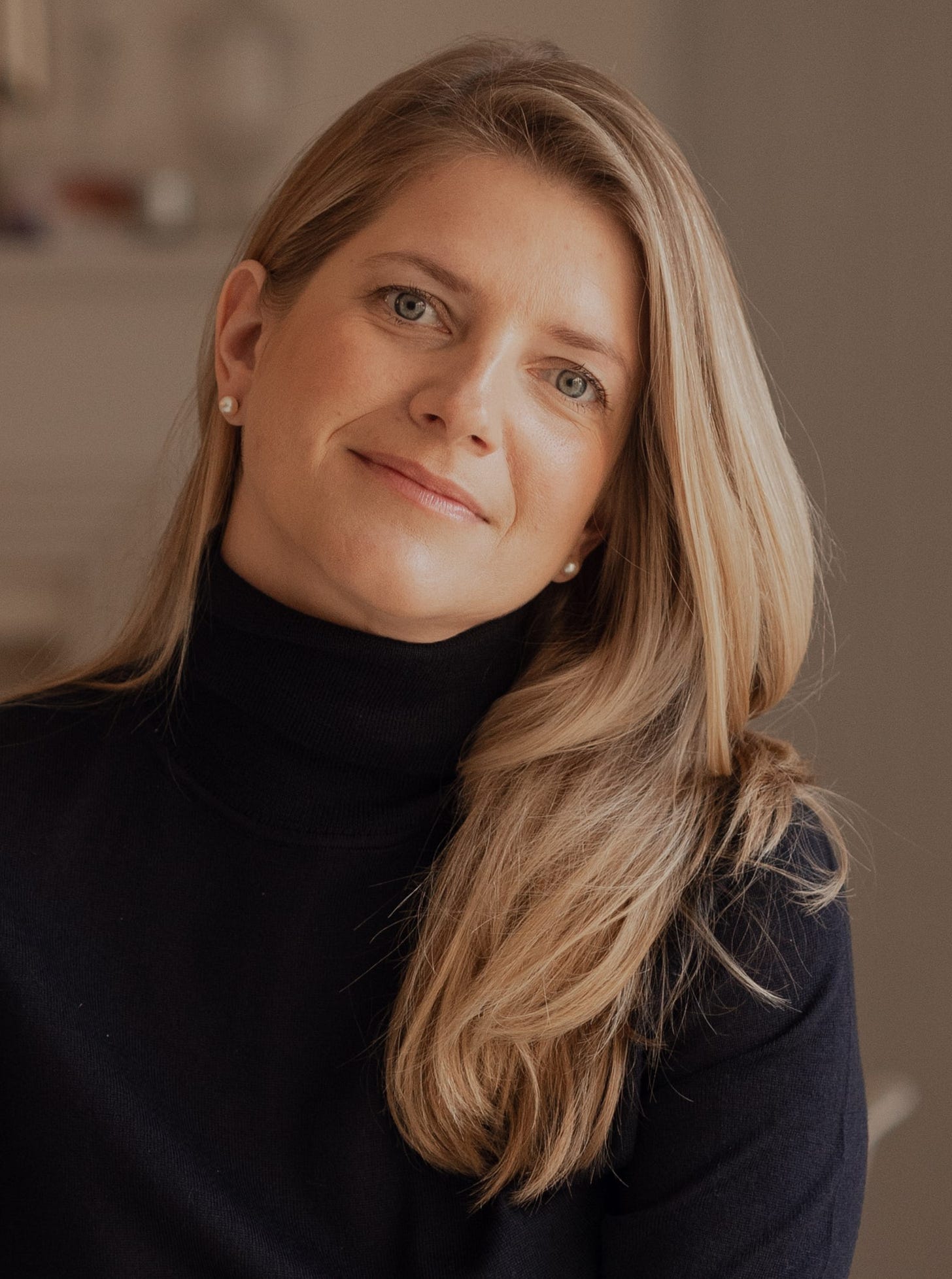How unlocking our earliest childhood memories can help us build a better world
Looking at design through an adult lens in isolation is no way to create inclusive places and spaces. Plus, the architect with a bold new vision for Great Ormond Street Hospital
What is your earliest memory of playing as a child?
It might take a minute to recall. That’s OK. It’s not a question we are used to being asked as adults, is it? More on that later because, spoiler alert, it is not an insignificant observation.
For now, back to that memory.
I have some follow-up questions for you and I would like you to imagine that they are being put to you in a room full of people. Everyone is being asked the same thing at the same time and everyone starts off standing up. For as long as your answer to each question remains ‘yes’ in this fictional scenario, you remain standing. If, at any point, the answer is ‘no’ then please feel free to take an imaginary seat.
First up, does your chosen memory involve playing alongside other children; friends or siblings perhaps? Secondly, is it one where adults are not participating (or even present) and, finally, does this particular memory of play involve a degree of risk - no matter how minor?
I would hazard a guess that a large proportion of people reading this are, like me, still figuratively standing up. Not only is this to be expected, it is to be harnessed.
The proportion of people in a group left standing following this exercise is similar every time says Dinah Bornat, director of ZCD Architects, a leading expert in child-friendly design and author of All to Play For: How to Design Child Friendly Housing.
Speaking last week at the launch of the Innovative Breakfast Club - a new quarterly events series from ING Media and CREtech in association with Well-Placed – on shaping playful cities, Bornat made the point that to better understand what the children and young people who make up 25% of our global population need from the places and spaces around them, adults should be thinking less for them and more like them.
Purposefully and deliberately tapping into our own early memories is a highly effective way to do this she added before pointing out that while the world may have changed beyond recognition over the decades, children’s instinctive approach to play (peers present, adults absent and an element of risk thrown in for good measure) has not.
That’s not to say that playful cities should be designed to exclude adults or tap into young people’s propensity to take risks by becoming inherently dangerous, said Bornat. It is more about challenging our perceptions around what we, as adults, think children want from their spaces and places by transporting ourselves back to a time when we were part of their demographic.
She was, by the way, speaking to a roomful of people basking in the nostalgic glow of their own childhood memories of play at the time. The majority of whom were on their feet.
The importance of thinking more like, and better communicating with, young people when it comes to designing spaces and places for them was, without question, the central thread running through the entire Shaping Playful Cities event.
Magali Thomson, project lead for placemaking at London’s world famous Great Ormond Street Hospital and Kate Honey, group community advocacy lead at developer LandSec - the two other speakers presenting at the event - both came armed with powerful case studies demonstrating just how powerful, not to mention commercially compelling, finding an effective way to speak to this demographic can be.
Sometimes that means taking a completely different approach, said LandSec’s Honey whose fresh take on engaging with young people kickstarted a pioneering move for public consultation last year.
By transforming Lewisham Shopping Centre into the world of Fortnite, a popular video game among the demographic LandSec was hoping to reach, the developer was able to far more effectively consult with young people on its plans to redevelop the site and transform the town centre over a single weekend than it had previously been able to do for months.
“We had tried to speak to young people by just approaching them around the shopping centre and asking them questions and we managed to have around 5 conversations,” said Honey. “After changing our approach and bringing the plans for the area to life through Fortnite, those conversations went from 5 to 400. Young people have a voice. It is just about finding the right way to access it.”
And that voice, said Great Ormond Street Hospital’s Thomson applies to all children and young people, no matter how vulnerable they are.
Speaking to the room about her work at the world famous children’s hospital, where she is hoping to transform the polluted, grid-locked roads surrounding it into a network of “healthy hospital streets and Play Streets”, she made the point that “all children need to play.”
Her plans with LDA Architects are driven by an unwavering commitment to create spaces and place that will evoke joy, bring a moment of calm respite and a sense of normality for these children, some of whom have “not left their beds for months”.
And the ultimate key to getting this right? Designing and developing not just for them, but with them.
I caught up with Thomson to learn more about the plans she hopes will breathe new life (and cleaner air) into the streets around Great Ormond Street Hospital - please do check out what she has to say in the interview below.
Because when it comes to the built world stepping up to protect and ensure childhood memories of play for future generations, there are few examples more powerful, more profound or more moving.
Not just designed for the children but with the children; a bold new vision for Great Ormond Street Hospital
Magali Thomson, project lead for placemaking at Great Ormond Street Hospital (GOSH) sets out her plans to transform the streets surrounding the world famous children’s hospital into places and spaces that bring joy, calm and respite to young people and their families at the most vulnerable and challenging times of their lives

EW: Before we get into the details of the vision, can you explain how your role as project lead for placemaking at GOSH came to be?
MT: Yes, it is an interesting one as it is a role that doesn’t really exist within the NHS as a rule. I am a trained architect but then, in my mid-40s, I applied for a programme called Public Practice where built environment professionals are deployed within the public sector. I got onto the programme and assumed I would then be placed at a local authority as that’s what normally happens. But because I had spent so much of my career designing for children, including leading the education team at Marks Barfield Architects working on schools and spaces for young people, I ended up at Great Ormond Street in a role that didn’t previously exist. They are currently building a huge new Cancer Centre there and saw this as an opportunity to rethink the entire street. The role has grown and developed since then so the idea now is that I am working on a number of streets around the hospital campus.
EW: What has been the driving force behind your vision to repurpose those streets?
MT: As the hospital becomes more of a campus, there are various buildings you have to walk to and the arrival experience for the children and their parents and carers has not been properly considered. I wanted to push the idea that there is no point treating children for respiratory illnesses, for example, if they then step straight out onto polluted streets - and the main street directly outside the hospital exceeds the World Health Organisation limits for nitrogen dioxide every day - afterwards. Air pollution really affects babies and toddlers in particular as they take more breaths. So, the proposal is for a healthy hospital street. One we are trying to design in a way that is replicable as an approach other hospitals might be able to take as the areas around hospitals are very often pretty unpleasant. In the case of GOSH, we don’t own the streets. They are owned by Camden Council who we have been working in partnership with - and they have been incredibly supportive.

EW: What key changes will you be looking to make to improve the street experience for children visiting and staying in the hospital?
MT: The main thing would be to take out the cars and banish the grey. We want to widen the pavements and flood the streets with nature. While we are not keen on putting in play equipment as such, we want to create a playable, joyful landscape. By that I mean street furniture that promotes incidental play. The design also takes into consideration sensory elements as there are a lot of partially sighted children at the hospital. That means using tactile materials and, ideally, including some sort of water element because it is just innately sensory. It is worth saying too, that our plans are designed with the children in mind but they are also for the parents, families and staff who have to deal with a lot of stress and distress. Providing a space for respite or a place that encourages parents to get outside that doesn’t mean they have to go too far away is just so important.
EW: A vision like this, one that has no precedent, can take time to implement. What are you doing in the interim as you push these plans forward?
MT: Yes, the concept design by LDA Design has been costed at around £4m. So, the next stage will be a negotiation involving the hospital and the local borough around how it is funded. In the interim, we have been creating - and will continue to create - Play Streets once a year as pilot events to help people to see and understand better what we want to do here. These Play Streets allow children - some of whom have not left their room in months - to do just that, play. Because it is literally on their doorstep as opposed to them needing to walk even five minutes to a green space. For children who are connected to equipment, for example, that is just too far.
EW: What about interaction with the children at the hospital themselves? They, after all, are the people you are ultimately creating this vision for. What do they want and need from the spaces and places you are looking to redesign?
MT: I have engaged with the children through the Young People’s Forum which is a group of children and teenagers who either have been or are still being treated at the hospital and their siblings. They get involved in all of our projects and designs. I have spoken to them about public realm and greening our cities and they are all so knowledgeable and engaged. They care about green space, nature and sustainability. It is the same with the children in the Cancer Centre where I am leading on the roof garden - which is over 100 metres long - and the balconies which will all be heavily planted. The vision for this was led by the children who came up with the idea that there should be a view of nature from all of the beds. I think that’s wonderful.
EW: Do you ever find the nature of the work overwhelming given the fact you are working alongside children and families at such a difficult time in their lives?
MT: I have three children myself and just seeing some of the children arriving at the hospital makes me well up. But working on a vision like this is so important. It certainly overrides any of the frustrations that come about when you are working in an organisation as big and complex as the NHS. Ultimately, the children are the reason I do it. They are amazing.
Emily Wright is a real estate, architecture and design journalist contributing to titles including The Times, Wallpaper*, The Spaces, WIRED and GQ. She is also Head of Content at CREtech.






